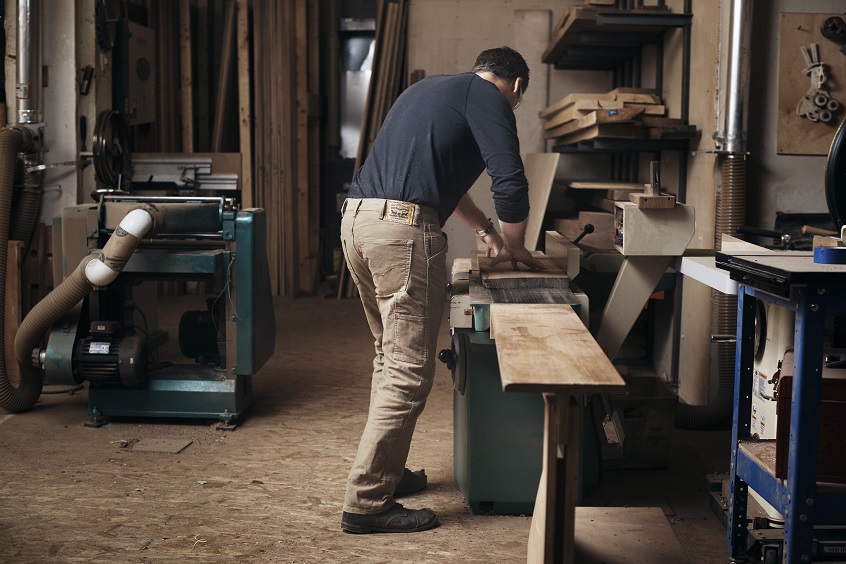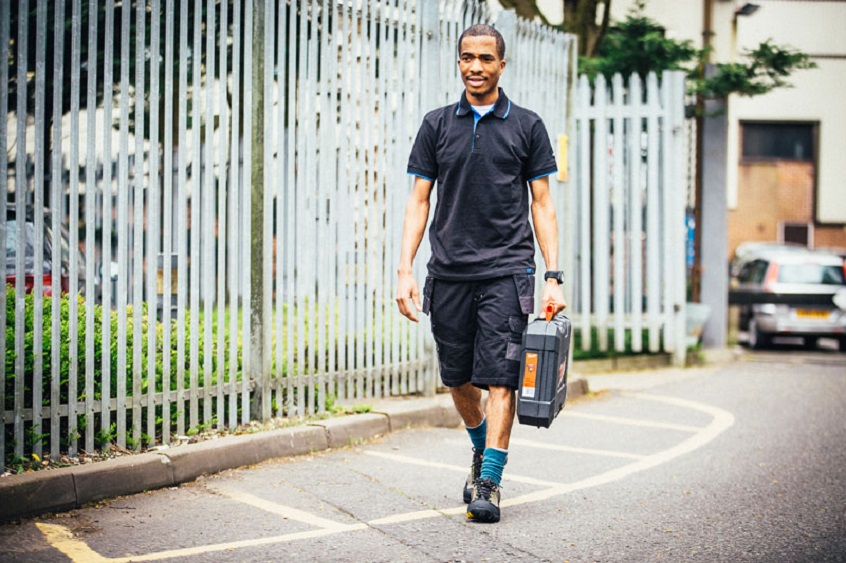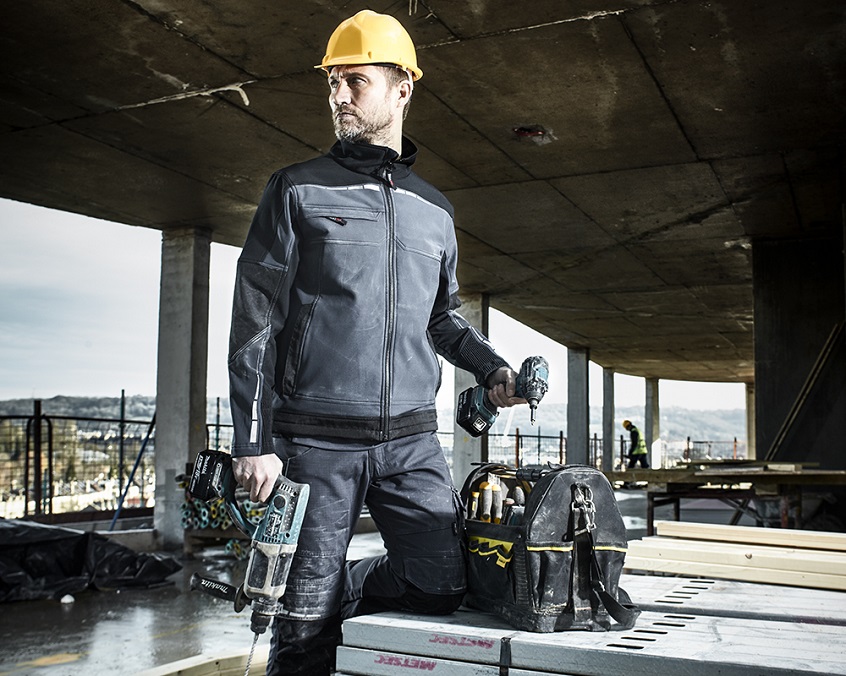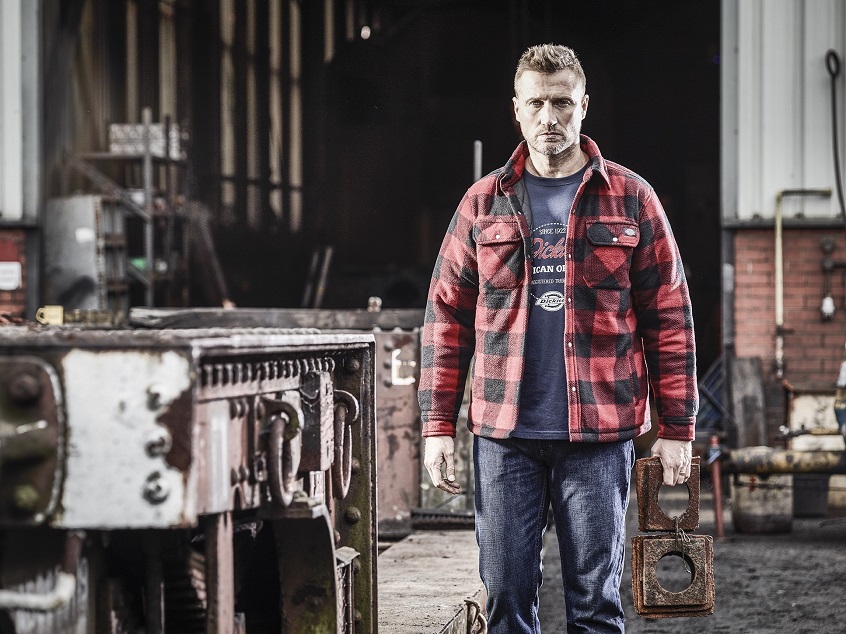
Utility Trousers: What to Look For When Shopping for the Ideal Pair
Work pants are often a forgotten part of a worker’s outfit, even though the role they play can be as important as the role of any other work garment. Depending on the type of work you do, work pants may serve an image-related or functional purpose. For industrial applications, the latter is almost always the case, offering protection, comfort and other features that facilitate the work performed by the employee. If the trousers are to be used for image-related purposes, on the other hand, the design and colour adapted to the company’s visual identification are the two predominant factors.
In this article, I’ll focus on utility trousers meant for protecting the wearer and making their life in the worksite more convenient and comfortable. Being comfortable at work is very important and it has an indirect effect on productivity. Uncomfortable workwear that isn’t suited to the work environment can limit the worker’s ability to perform their duties.

So what makes utility work pants practical? The pockets are one of the most important things taken into consideration when shopping for this type of clothing. Both the number and the type of pockets matter. Practical utility trousers usually feature two side pockets, as well as cargo pockets which are available in different cuts. There are bellows models that have flat, loose hanging, protruding or long narrow side pockets. Back pockets are also often included and serve as additional reinforcement. Some models are even equipped with detachable pockets in the form of tool belts. There are also work pants that come equipped with different extra holders to which you can attach tools necessary for performing manual tasks, such as screwdrivers, a hammer, or a knife.
Pants dedicated to performing tasks at heights can also come equipped with springs, ropes and hooks that are attached to the pockets or loops. Additionally, functional work pants often come fitted with knee pads (soft inserts attached by Velcro fasteners or a simple reinforcement sewn), which is a beneficial addition for people working in a half-kneeling or kneeling position, such as tilers, roofers and service technicians. Pants with knee pads are certified according to EN 14404.

Another important factor when considering work pants reflective elements for increasing the worker’s visibility. Further, ventilation openings are also a feature worth considering, especially for people working in warm climates. The ventilation openings are made as zips with a mesh on the sides or small sewn holes. The pants should also protect against abrasion, especially in the more sensitive areas. Models that come with a bottom Cordura finish that protects the legs from fraying are very popular. A rising trend in work pants are pants that can have the width of the leg adjusted.
Bib and brace work pants are one of the most popular types of work pants picked by employers, simply because they’re easily adaptable to different figures of workers. This makes them much more versatile than other models, and they don’t require additional strips. However, younger people generally prefer work trousers, which are also more likely to be picked by the security industry and courier employees.
The most popular fabrics for work pants are cotton and cotton blends, simply because they’re the most durable and versatile. The two fabrics that stand out are cotton duct and denim. Cotton duck is the most popular and the most durable. Despite their name, these pants have nothing to do with ducks, it’s just a durable woven canvas. They’re most often available in khaki, tan or brown, and feature a smooth surface that’s resistant to tearing and snagging. These pants are also great at blocking wind, and won’t melt when exposed to extreme heat. Although they may be initially stiff, they’ll soften with washing and wearing.

Denim, on the other hand, is extremely tough, affordable and accessible, making it the ideal jean material. In other words, it’s a rugged cotton twill material that’s easily recognised with diagonal ribbing. It’s comfortable to wear and very durable. Furthermore, it’s easy to launder and it also softens with washing and wearing. Denim workwear is thicker than fashion denim. There are also synthetic work pants made from materials like polyester and nylon which weren’t popular in the past, but technological advances have made them much more appealing. This is mainly due to the fact that they didn’t protect properly against water, fire and heat and didn’t wear as well. Nowadays, however, they have the same protective properties as denim and cotton duck.
A well-made pair of work pants or trousers can cost anywhere between $25 to $200, with the majority being around the $40 to $60 mark. There aren’t any luxury brands, just make sure you’re paying for durability and features. You’ll find some common brands, such as CAT, Levis, Bisley, Ritemate, etc. but the functionality and features matter much more than the brand itself.

